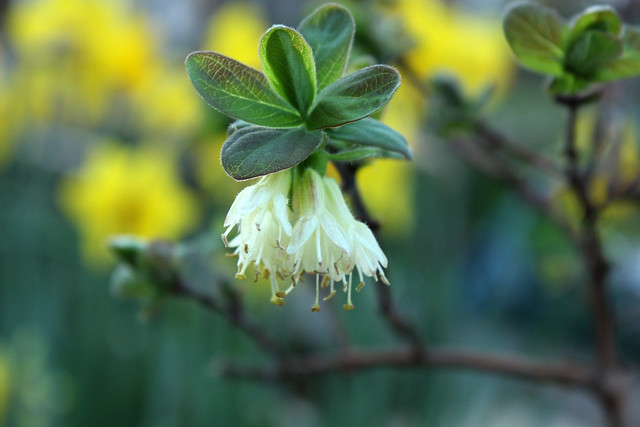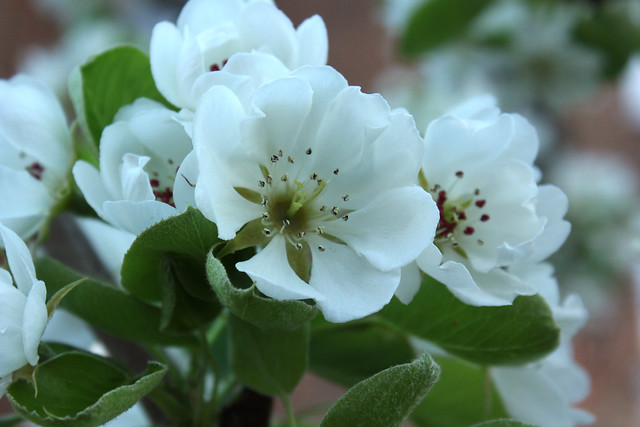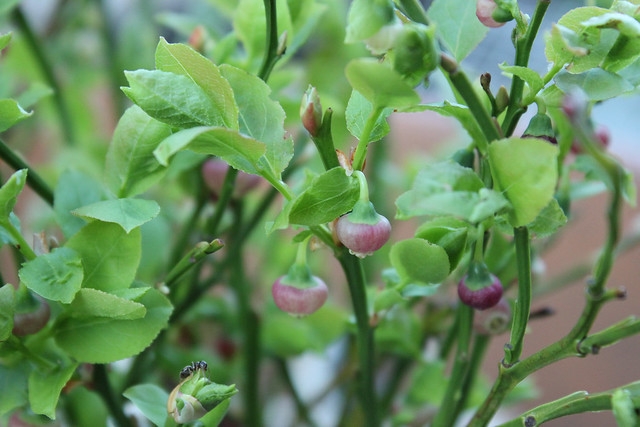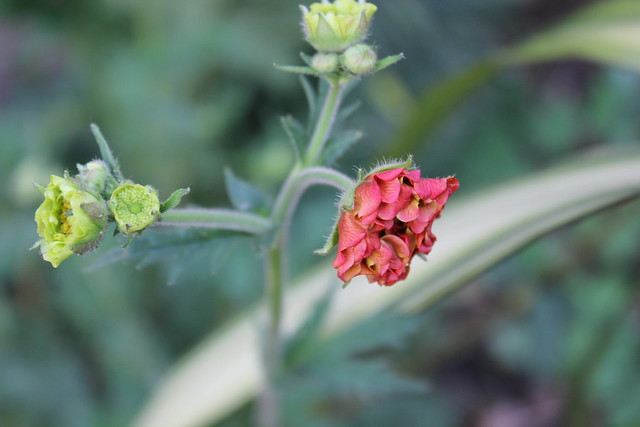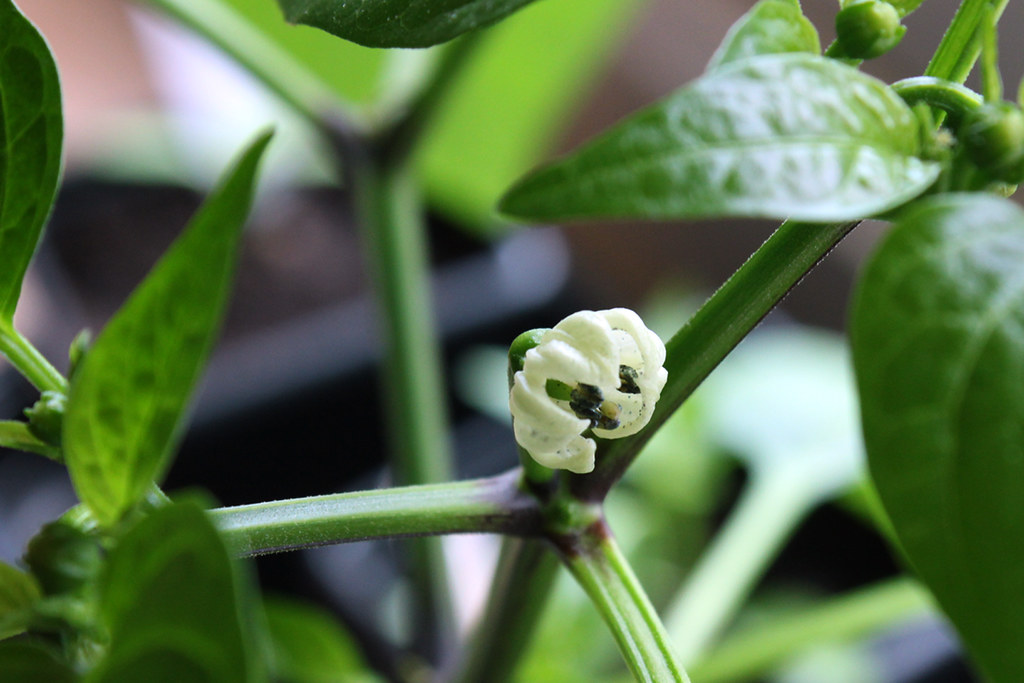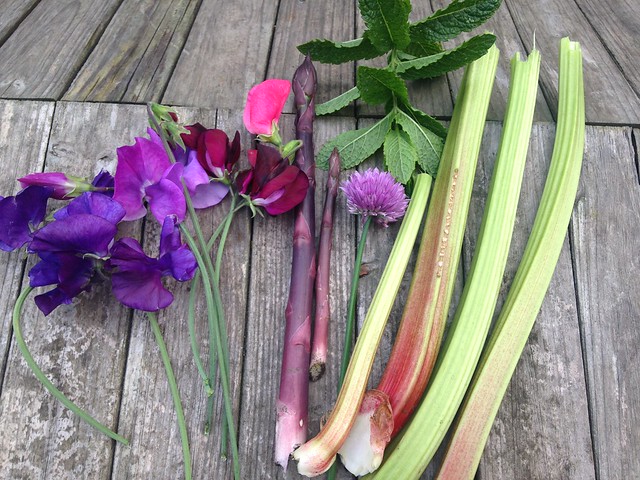 |
| Not much, but at least there were flowers! Supper of mint tabbouleh, steamed asparagus, salad + chive flowers, yoghurt and rhubarb compote. |
I've been struck by the 'hungry gap'. I had this covered last year with plenty of kale, broccoli and chard to pick but this year I have failed abysmally. Blame has to lie somewhere so, yes, I am going to point my finger at the weather. The mild winter encouraged my broccoli and kale to bolt in January, leaving me with nothing. Still, the bees enjoyed the early nectar-fest from the yellow flowers. The plants have now all been ripped out and composted leaving beds ready for the next crop.
But that same mild winter meant that broad beans sown in early February grew well in modules on my balcony. Although they were slightly sheltered from the cold wind, it was a chancy experiment as Karmazyn beans are not as winter hardy as, say, 'The Sutton' or 'Aquadulce', beans that are bred to be sown in November. My beans were planted out in mid-April and have been flowering for the past few weeks - some of them already have small two inch pods among the flowers and the bumbles are all over them. (This is unusual for me but perhaps less so for other gardeners; I've checked my notebooks and see that I usually sow later in mid-April.)
I've been checking on them regularly, not for pods but for the dreaded black aphids. And this is where (finally) it gets interesting. I have squished a tiny amount of aphids on a couple of the plants but (dare I put this in writing?) they're otherwise aphid free. (For now.) This is excellent news as I haven't yet pinched off the top leaves of my plants which are insanely delicious steamed and served with a knob of melting butter and a grind of pepper. The meal appeal dwindles if you have to wash a large colony of black insects off first.
Bizarrely, just across the path in my herb bed, less than a metre distant, the angelica is clogged with black aphids as is a nearby feverfew plant. Has anyone else experienced this selective colonisation or are your beans under attack? Or is this one of the benefits of planting earlier? If that's true, then early sowing is an experiment worth repeating.
 |
| Disgusting, right? I'll spare you the extra large view of these photos. |
One difference that I've noticed is that my beans are radically shorter than in previous years when I've sown direct into the ground in mid-to-late April. Karmazyn bean plants last year were a good metre plus tall by the time they podded, even after having their top growth removed. This year, the plants are about 60cm (24 inches). I've sown another few rows of beans as I was sent some Red Epicure beans by Marshalls to trial plus I had some crimson flowered beans leftover in my seed box. Let's see what will happen with those ... I'm guessing I won't be so lucky next time.
Oh, hey - the sun has come out since I've been typing! Looks like it's going to be a fine day (at last!) so I'm nipping off to the garden to make the most of it. Happy gardening Sunday!



